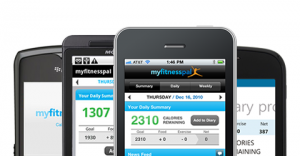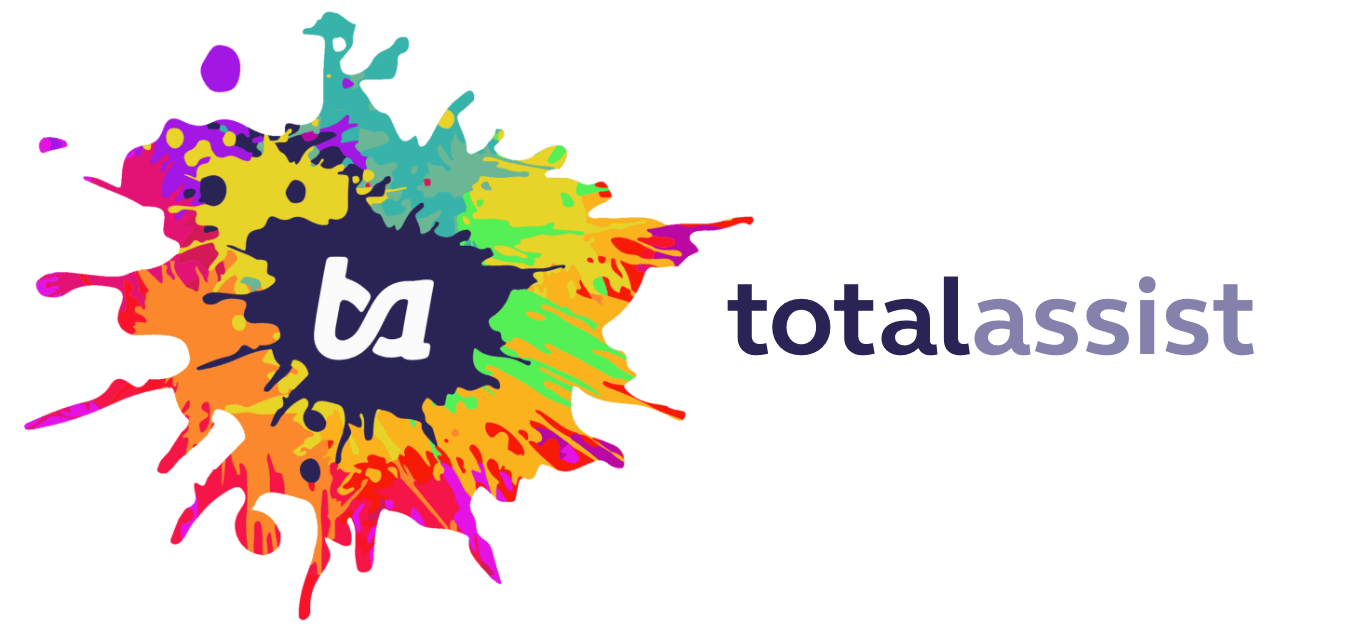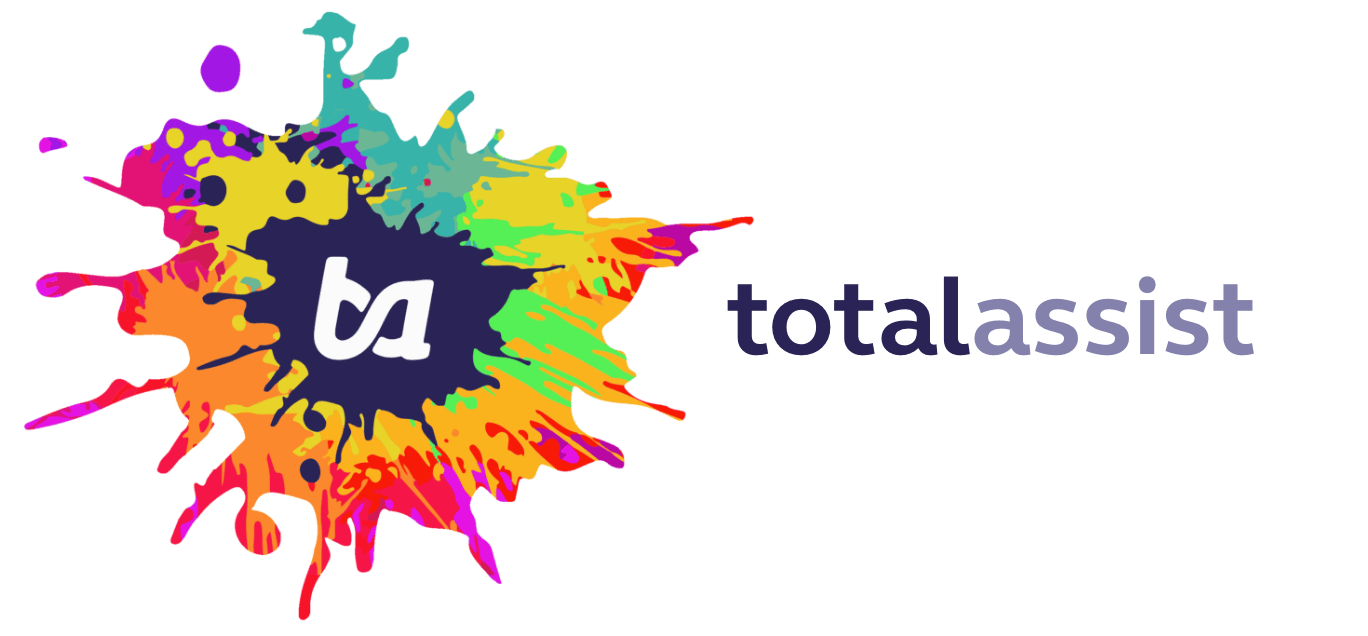
With more people living longer and an increasingly ageing population to tend to, the NHS is slowly seeing health costs creep up on the sly, with the development of numerous chronic conditions in elderly people impacting on additional healthcare costs. The same is true across the pond, as America’s baby boom generation (born between 1946 and 1964) are suffering from multiple chronic conditions, which accounts for 75% of their total healthcare spending. Shockingly, this figure is set to quadruple by 2030, especially since it costs on average seven times more to treat a patient with more than one chronic condition compared with a single condition.
So how can this be tackled and the numbers grappled into control? Enter technology. With younger generations more tech savvy then ever before, promoting online and digital tools to help patients potentially monitor and maintain their own health could be a huge plus point in keeping them healthy and out of hospital, allowing them to enjoy a more satisfying life. Keep your care on track, with these useful digital tools…
Activity and nutrition tracking – Obesity is a huge problem both here in the UK and in the States. However a recent Pew survey revealed that 68% of adults aged between 50 and 64 track their weight, diet, exercise routine and health indicators, either on an app or old school pen and paper. Monitoring these vital stats is incredibly useful for helping to maintain a healthy goal weight, and also for understanding what areas of your diet or exercise regime could be changed to adjusted to boost your health and see where your problem areas are. Companies like Jawbone and FitBit are all the rage for tracking activity, whilst calorie counting app MyFitnessPal has 65 million registered users who have lost over 100 million pounds in weight.
Telemedicine – Despite having chronic conditions that need monitoring, most patients aim to remain independent for as long as possible, with an AARP study showing that 90% want to remain in their own homes as they get older and 82% wanting to age in place even if they need daily assistance. Telemedicine and remote monitoring could be the ideal way forward for these patients, as it allows them the freedom to stay at home, whilst still being taken care of by professionals. In the US, it is estimated that the cost of four days in hospital heart monitoring could be reduced by 72% through the use of digital tools.
Cost transparency – Digital tools that help break down costings can only be a good thing, as it can help managements determine where the money is being spent within the system and whether this is beneficial or not. This is especially useful to monitor national processes across the country, since prices can vary depending on location. Gathering a better understanding of this can help systems become more fine tuned and honed in, to produce a more effective and hopefully cheaper way of managing costs.


